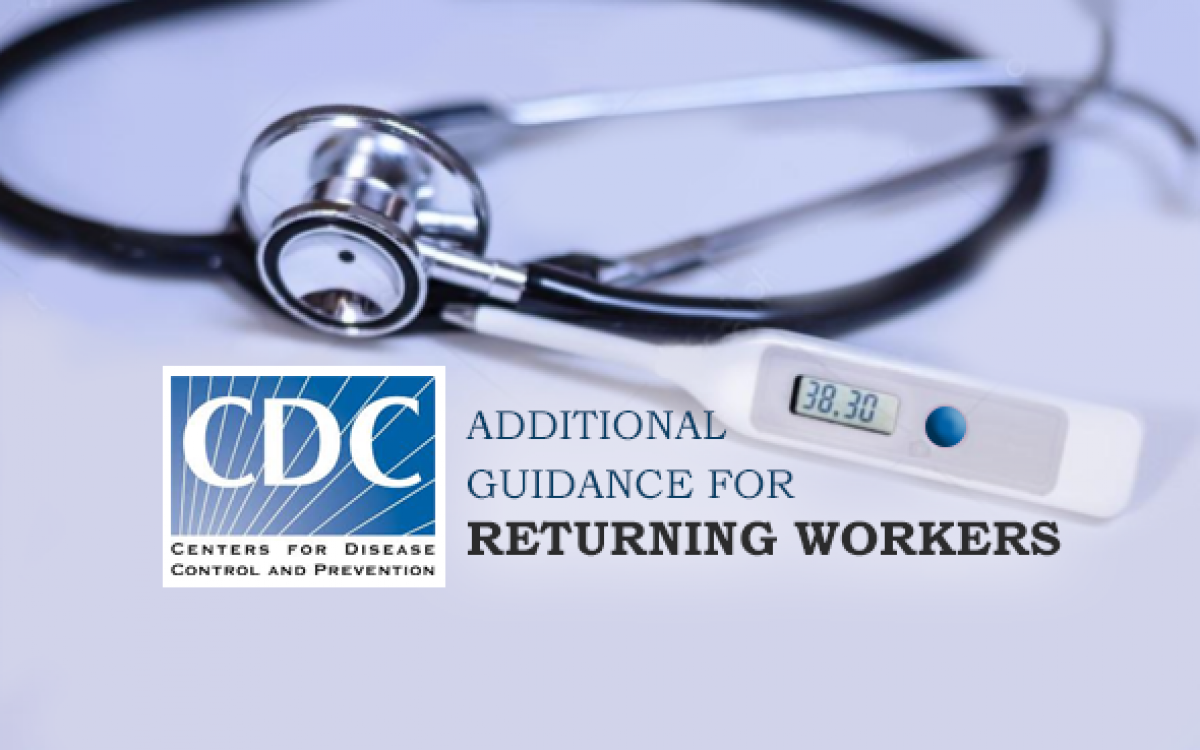On April 8, 2020 The Centers for Disease Controls and Prevention (CDC) provided additional guidance for workers returning to work after being potentially exposed to COVID-19 in certain essential industries; specifically, Cybersecurity and Infrastructure Security Agency (CISA). The updated guidance now allows workers who are potentially exposed to COVID-19 to continue to work following exposure provided they remain symptom-free and employers implement additional precautions to protect the employee and the community.
The CDC now defines a potential exposure as “being a household contact or having close contact within six feet of an individual with confirmed or suspected COVID-19.” Previously, the CDC recommended that any worker having such close contact with an individual with a confirmed or suspected case of COVID-19 be sent home for a period of up to 14 days.
Essential workers who are and remain asymptomatic are now advised that they can return to work so long as they follow additional precautions suggested by the CDC. Those procedures include:
For Employers:
- Ask the employee to check their temperature and assess symptoms prior to the worker resuming work, ideally, before they enter the facility.
- Clean and disinfect all areas such as offices, bathrooms, common areas, shared electronic equipment on a regular basis.
For Employees:
- Self-monitor under the supervision of the employer’s occupational health program.
- Wear a face masks at all times while in the workplace for no less than 14 days after last exposure.
- Maintain a six-foot distance from others and observe social distancing in the workplace as work duties permit.
This new guidance significantly changes how employers in critical infrastructure industries can handle employees who have potentially been exposed to a confirmed or suspected case of COVID-19. Employers in these industries may now allow employees who are asymptomatic to continue to work, with additional precautions. This step will help stabilize the workforce in critical infrastructure industries.
